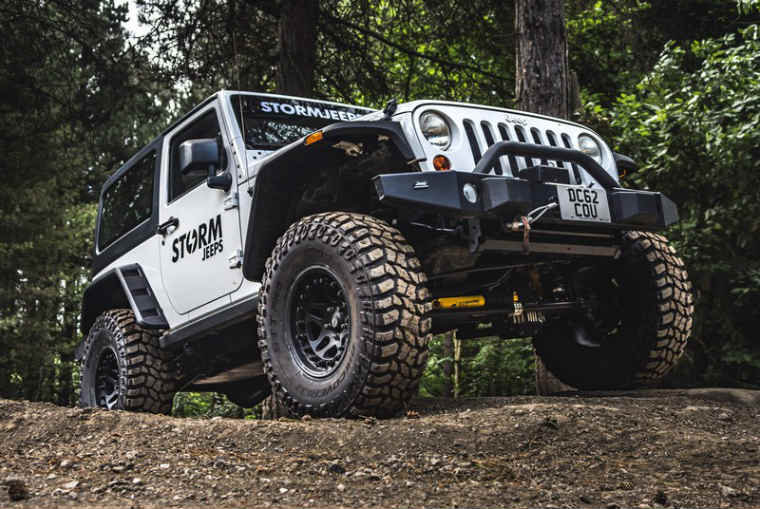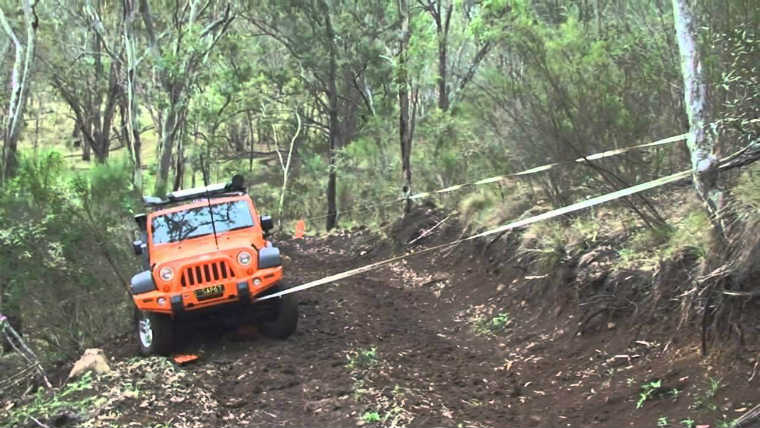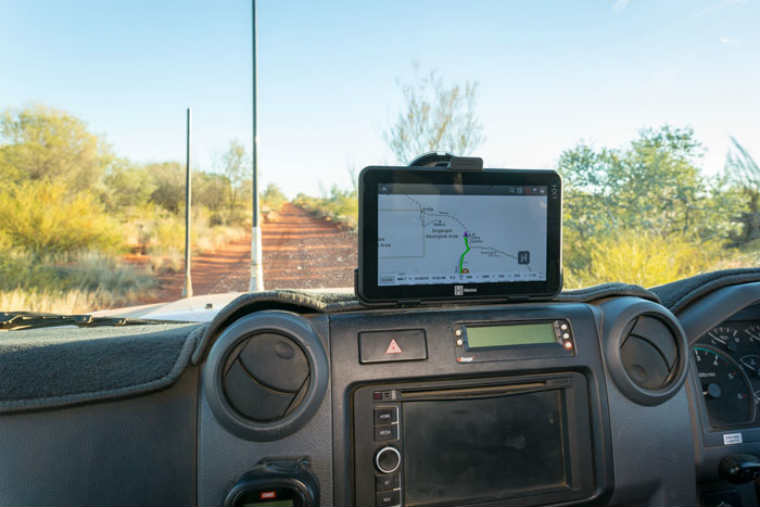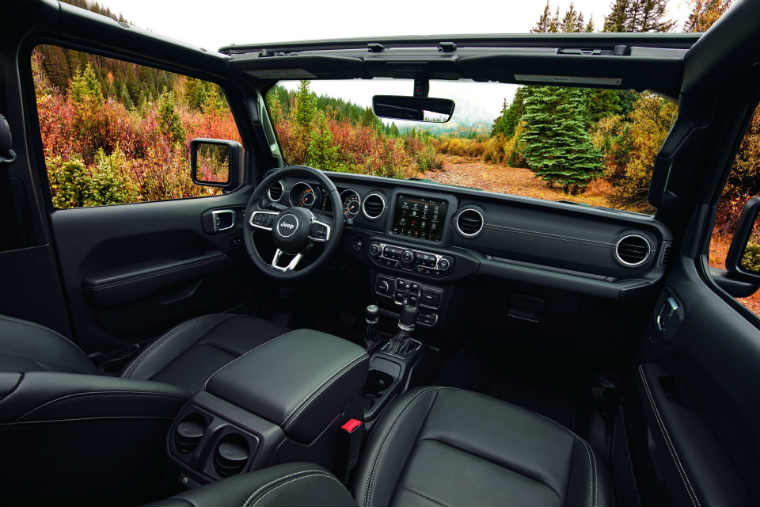Going on your first off-road adventure can be a nerve-racking experience. Same goes for the first road trip in the wilderness after a while, or for the first ride with a new 4×4 vehicle. You know you have to be able to rely on your gear because the closest service station might be hundreds of kilometres away. But if you have some practical 4×4 gear onboard, you can easily get out of most situations and stay confident and safe while off road. That being said, here are some of must-have 4×4 accessories to take with you.

Contents
4×4 Moves on Wheels: Tyre Care Above All Else
It’s important to check your wheels before going on your adventure. But still, that’s no guarantee that you won’t experience problems further down the road. Due to the rough terrain, the wheels will get a beating and you should be prepared if something goes wrong. Vendors know this, and since everyone is looking after tyre care equipment, they often offer it as discount 4×4 accessories.
Most four-wheel drives run around 40 to 45 psi, but when you are on the beach the pressure should be about 20 psi. Tyre pressure can change during your ride and put you at risk, that is why an air compressor is a must. It can inflate the tyres in less than 5 minutes.
A tyre gauge is a good backup as it will give you a clear idea of the state of your tyres. There are digital options, but if you don’t want to depend on batteries you can go for old fashioned and accurate radial gauge.
Last but not least, practical wisdom supports carrying a tyre repair kit in your 4WD. It should contain a T handle spiral reaming tool, cord insertion tool, repair cords, cord lubricants, tyre glue, knife and Allen keys. It doesn’t sound like much, but having such kit in the bush will make a difference.
Get Me Out of This Hole: Vehicle Recovery Musts
No one enjoys being stuck. Traversing the hinterland carries risks, and you should be prepared to handle adverse situations like for instance getting stuck in mud or in a hole. This is why it helps to have a comprehensive recovery kit onboard. A good recovery kit will involve many different items and as such, it can be expensive to assemble. But with a little luck, you can always find quality discount 4×4 accessories for vehicle recovery.

First things first. Your vehicle should have rated recovery points before taking off. Trying to get your 4×4 out of a rut without one can seriously damage it. What’s more, having a snatch strap that complies to Australian standards is a must. But you also need to make sure you are using it properly, otherwise, you can get injured.
In terms of easily overlooked 4WD accessories, nothing tops towing mirrors. If you invest in a high-quality stable mirror you can have extended view far beyond your vehicle in all lanes of the highway. Yet, people forget about it.
Sometimes towing service is required for simple recoveries. It can happen to everyone, but not all will admit. Carrying mini recovery tracks can save you from the big hustle. Technically, it’s the safest and quickest way to get your stuck 4×4 out. But you have to have them in the vehicle, to start with.
Even though it may sound to simple to be true, carrying a shovel can also aid recovery. It’s an obvious solution for digging yourself out of a mess, and that’s why it can slip your checklist. Plus, having a good shovel can be useful in setting up camp, at the beach, and of course, off-road. There are some compact folding shovels that can take quite a bit of load.
Taking your vehicle across dunes in coastal and inland sand can be a safety issue and many have been injured in dune rollovers as visibility is often limited. To avoid an accident with an oncoming vehicle, make sure to mount a safety flag. There are flags hoisted on a fibreglass rod as high as 3 meters. This should keep you maximally visible.
If you reached Australian outback, it means that you braved fairly unknown and less-travelled roads relying only on your orientation skills. We should never stop proud ourselves of that even though we now have top mapping equipment to navigate the outback.

Mountable navigation devices are very useful off-road. Well-known brands offer maps with voice guidance and information on points of interest: campsites, dump points, rest areas, lookouts, and 24-hour fuel stations. If you failed to do the research before heading off, you can follow tracks, way-points, photos and info others shared online. You can learn a lot from recent comments on a campsite, for example. A navigator unit is a must to explore remote areas and 4WD tracks.
Where the Heck Did I Put My Glasses: Clean and Organized Interior
You collected your jeep from the cleaning service? Everything is in top shape. Well, don’t count it will stay that way for long. The interior of the vehicle can become a hot mess when you spend days on the road.
Simple and compact accessories to keep your 4×4 clean and organised are easy to find. You can begin with heavy-duty car mats from durable material. The ones with deep-dish make mud and muck stay down and not on your upholstery. If you go for PVC material, cleaning will be a short chore.

Speaking of chores, having a wheel bin on board makes them easy to do. Everyone has a go-to box in their home. You know, the one that stores everything that does not have its proper place. That is what a wheel bin does during your 4WDing. You can keep your recovery gear in it, you can use to cut away clutter at your campsite or you can collect your garbage and laundry. Use it as you may, but keep in mind to choose a mud, dust, sand and water-resistant design, for longer lifespan.
Small space is easy to clean and easy to become a pig-stay. Adding a compact car seat organiser can provide extra space for your stuff. Knowing where your digital gadgets or your glasses are all time makes the off-road hardships more bearable.
What About My Faulty Parts: Cater to the Specific Needs of Your Vehicle
No lists is exhaustive enough to guarantee you a hustle-free ride in the wilderness. This was a general rundown of some of the most common points of concern. When it comes to your vehicle – you are the expert. Check every segment before taking off to minimise the risk of something that could have been avoided stopping you from enjoying your adventure. And prepare with your next route in mind. The terrain, the accessible amenities, the purpose of your trip might require some specific preparation. Inspect, prepare, set up and don’t forget to make the most of it.











